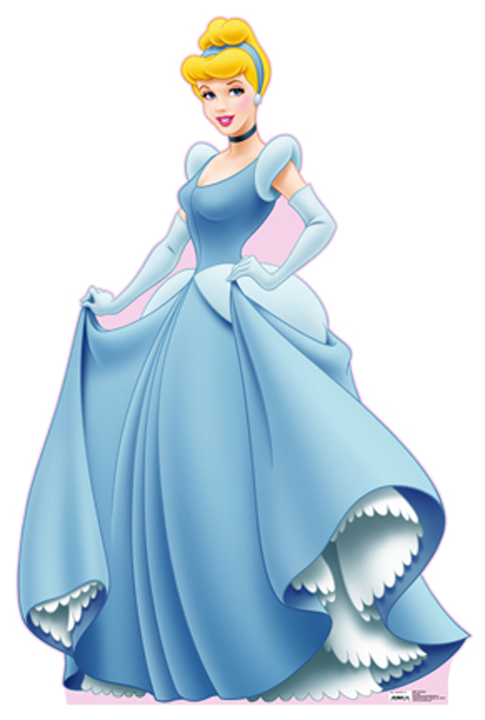He proposed that there are three sides to every character, the Persecutor, the Rescuer, and the Victim. Various stressors in life can ping us back and forth between the different roles. The more pinging going on, the more drama. (read: tension)
Let's look at the Pied Piper. (I know, not the happiest of tales, but you'll get the drift quicker.)
In the Pied Piper, the hero begins as both Rescuer of the city and Persecutor of the rats. He then becomes Victim to the mayor’s double-cross, because the mayor withheld the Piper's fee (which makes the Mayor the Persecutor). In revenge, the Piper switches to Persecutor of the city’s children.
The mayor switches back and forth from Victim (of rats), to Rescuer (hiring the Pied Piper), to Persecutor (double-cross), to Victim (his children dead). The children switch from Persecuted Victims (rats) to Rescued Victims, to Victims Persecuted by their Rescuer (The Piper). (This later bit increases the drama because of the great contrast...makes it more unforgettable.)
Now let's look at Cinderella. (I hear the collective sigh after bringing up the Piper. Take it up with Karpman.)
In Cinderella, the heroine switches from Victim double Persecuted (mother then stepsisters), to Victim triple Rescued (fairy godmother then mice then prince), to Victim Persecuted again (losing it all after midnight; not being thought worthy to try on the slipper) then Victim Rescued again (the glass slipper fit).
Karpman proposed that the intensity of the drama for Cinderella was the sum total of adding up every time she switched roles and the magnitude of the switch (her being rescued by the fairy godmother, mice, and the prince would be a magnitude of 3). He came up with this little formula:
Vpp --> Vrrr --> Vpp --> Vr = 8 switches.
In the Cinderella example, she never switches to a persecutor. It was more about life enacting upon her. The Pied Piper is a better example at how all the characters in the tale switch back and forth.
So the more your characters can switch between the roles, and the greater the magnitude of the switch, the greater the tension and drama in your book. Novel idea, don't you think?
If you want to download and read Karpman's original paper on the Drama Triangle, click here. Be forewarned: it's only 5 pages, but there is a lot of vocabulary non-psychology aficionados won't understand. However, the general concept can be gleaned.










1 comment:
Thanks for sharing this, Jeannie. It's eloquent in its simplicity. :)
Post a Comment
Both comments and questions are welcome. I hope you enjoyed your time on the couch today.